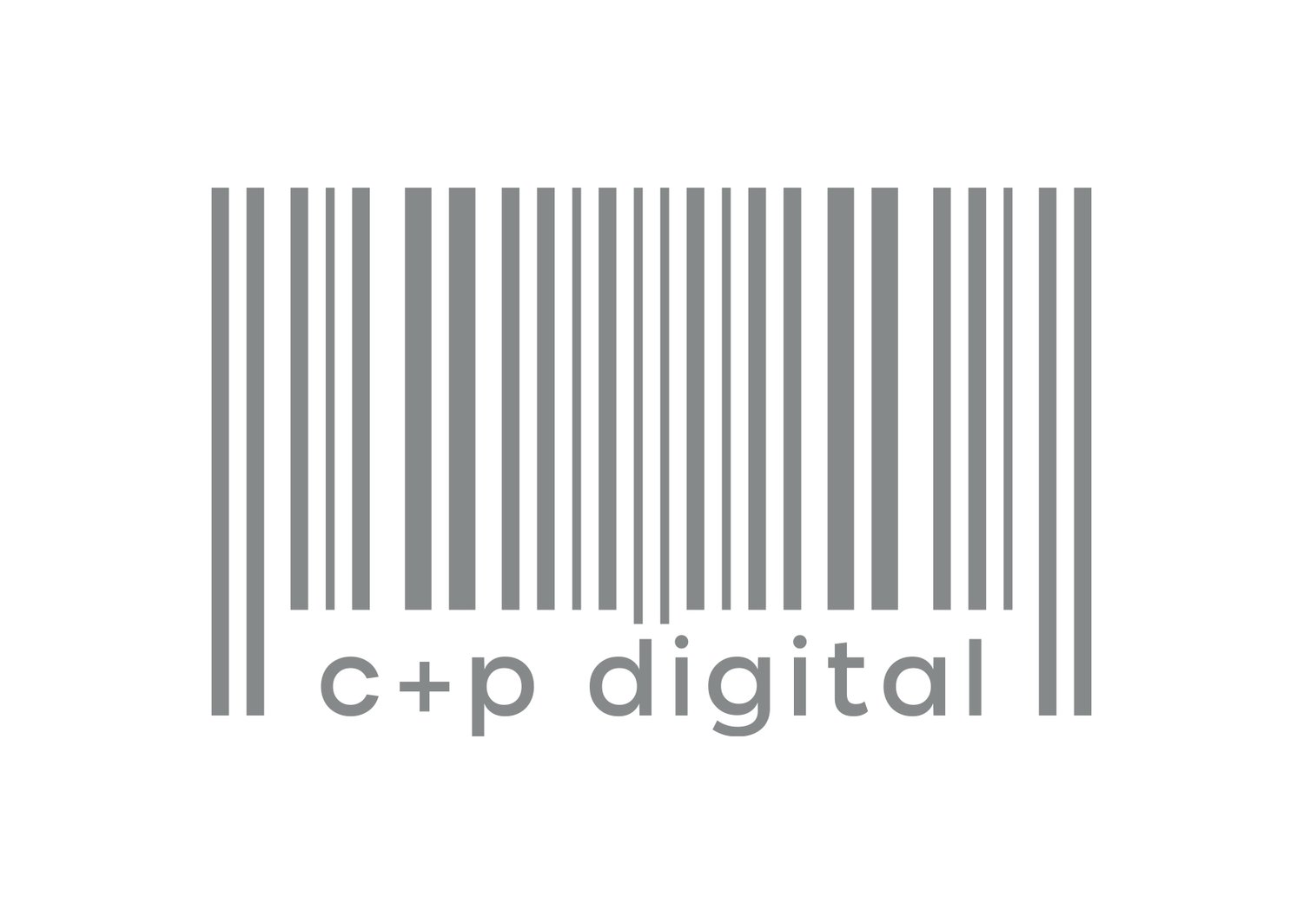Why “Closet Use” of AI Isn’t a Strategy
There’s something quietly fascinating happening in the workplace right now.
More people are using AI than they’re admitting. Especially in mission-driven spaces like nonprofits, small consultancies, and founder-led teams. It’s not that they’re anti-tech - far from it. But the cultural norms, the governance, the frameworks? They’re still catching up.
In my recent podcast episode with Jesse Clarke - nonprofit strategist and government relations expert - she mentioned that 30–35% of the organizations she works with are already using AI for grant writing.
And then she said the part that really landed: “That’s just the people who admit to it.”
Let’s talk about it.
Because what we’re witnessing is a classic tech adoption pattern.
And for a lot of us, it’s giving… calculator-in-Grade-10 flashbacks.
First, a story about the calculator 📱➗
If you grew up pre-Google, you might remember this - calculators weren’t always allowed on math tests.
At first, they were seen as “cheating”.
Teachers and parents worried that if we used them, we’d never learn the fundamentals. And fair enough - basic numeracy matters.
But eventually, as calculators got smarter (and math problems more complex), it became clear that knowing how to use the tool was the real skill.
The exams shifted.
The curriculum adapted.
And the smartest students weren’t the ones who could multiply fastest in their heads - they were the ones who knew when to trust the machine, and when to check its logic.
Sound familiar?
AI is our modern calculator. And we’re at that messy middle stage where it feels powerful but unregulated, useful but unofficial. So people use it... quietly.
Closet AI use is real - and understandable
In Jesse’s world of grant writing and nonprofit funding, AI is already saving teams hours. Drafting proposals. Polishing reports. Synthesizing jargon into clear, persuasive language. It’s not replacing strategy - but it’s speeding up the heavy lifting.
And yet, I know from my AI literacy work that many orgs (for and non profit) aren’t talking about it openly.
Why?
A few reasons:
There’s no internal policy or leadership stance
People aren’t sure what’s “allowed”
It still feels too new to trust
Using AI feels like a shortcut you might get shamed for
What if you lose your job because AI can now do it
I see these fears across consulting teams, marketing departments, even tech startups. Tools like ChatGPT, Claude, Notion AI, and even Canva’s AI features are in daily use - but rarely documented in process docs or team onboarding.
We’re in a phase of trial without transparency.
And that’s dangerous - not because people are experimenting (experimentation is great!) but because there’s no container for it.
The problem isn’t the tool - it’s the lack of framework
The issue isn’t that people are using AI. It’s that they’re doing it without shared guardrails.
In most workplaces, there’s still no:
Written AI use policy
Prompt library or knowledge base
Training or upskilling pathway
Clear distinction between “drafting with AI” and “publishing without review”
So what happens?
People experiment in silos.
They reinvent prompts.
They make avoidable errors.
And they stay quiet about their use in case it reflects poorly on them.
That silence keeps teams stuck.
There’s no shame in using the tool - or in learning to use it better
If you’re reading this and feeling seen, you’re not alone.
Here’s what I want to say: there’s zero shame in using AI to make your work more efficient. And there’s zero shame in not knowing exactly how to use it - yet.
Like the calculator, this will become second nature. But only if we stop treating it like a secret shortcut and start treating it like a skill.
Upskilling is not a confession.
It’s a leadership move.
So, what’s next?
Start with small shifts:
Acknowledge your team’s AI use, even if it’s informal
Build a shared doc of prompts and use cases
Run a brown-bag session where people share what’s working
Set boundaries: where does AI help, and where does it need human oversight?
Hire expert practitioners to train and workshop with your team
Inside MPC 🔬
If you’re ready to stop closet-using and start building smart systems, come hang out in the Marketing Power Circle (MPC). That’s where we’re doing the real work of making AI useful, strategic, and totally a competitive edge.
This month, inside MPC, we’re focussed on:
Building AI workflows that save founders 10+ hours a week
Smart systems to repurpose your podcast, posts, and emails
Writing prompts that sound like you, not a tech bro






